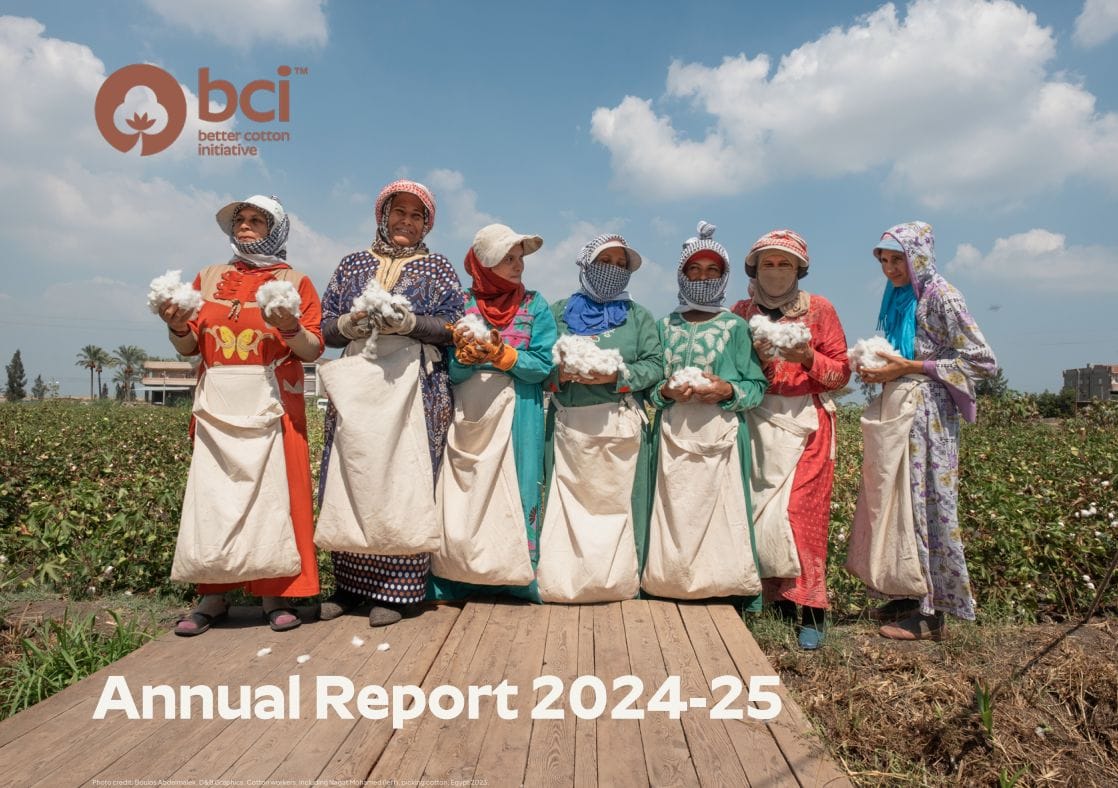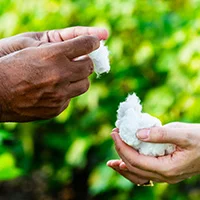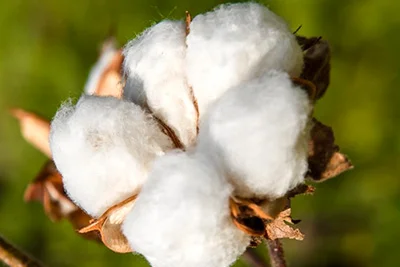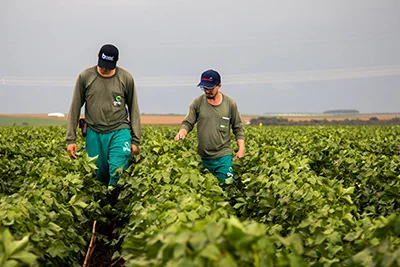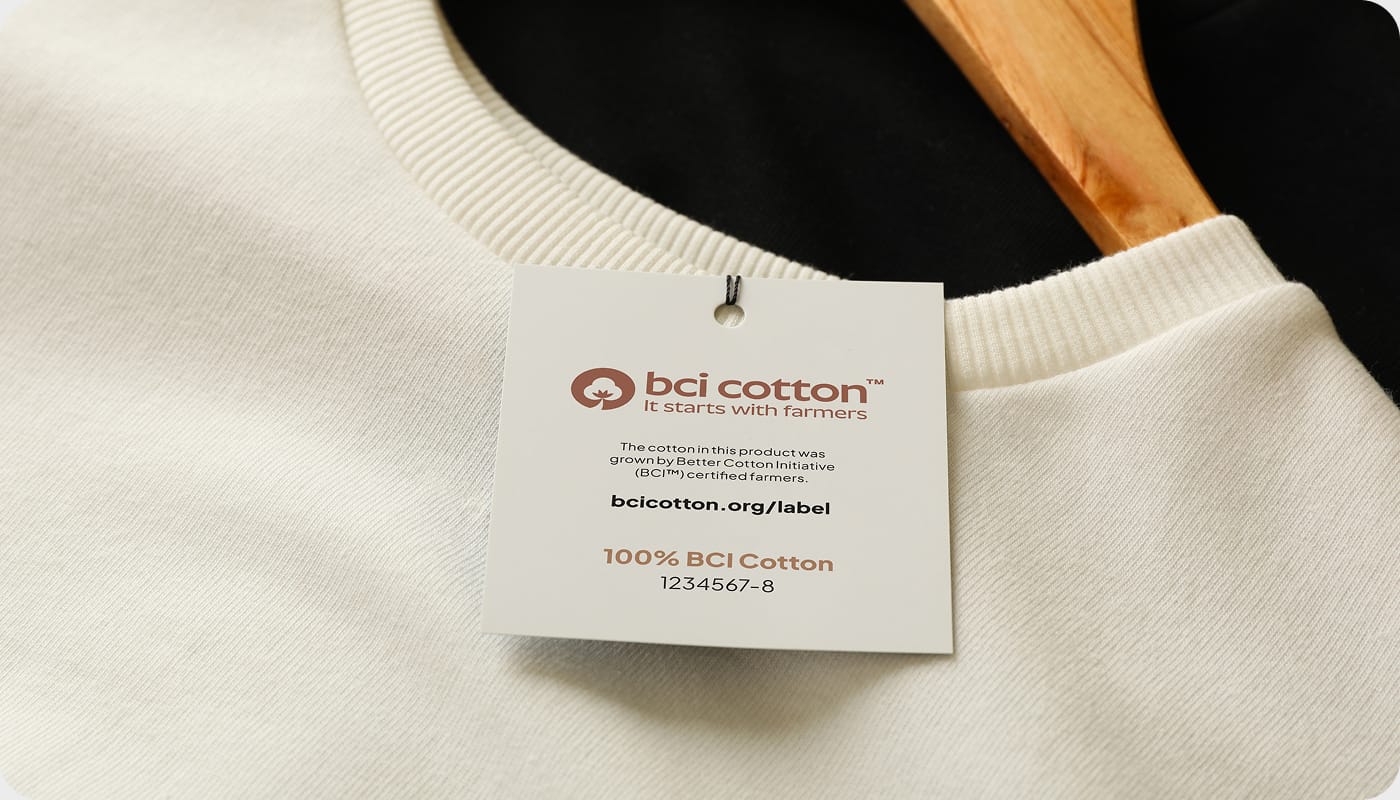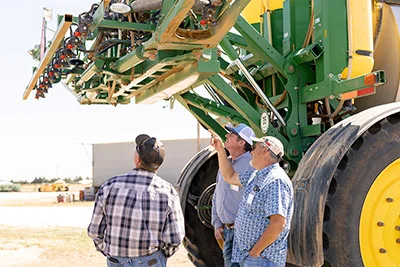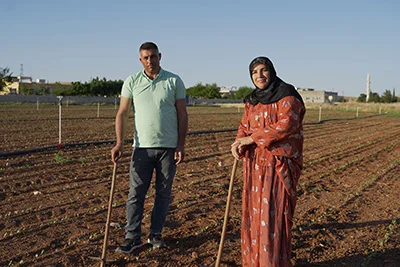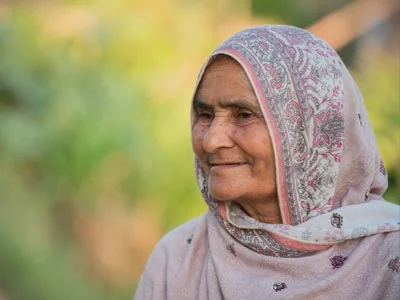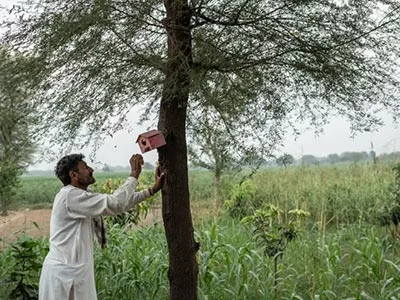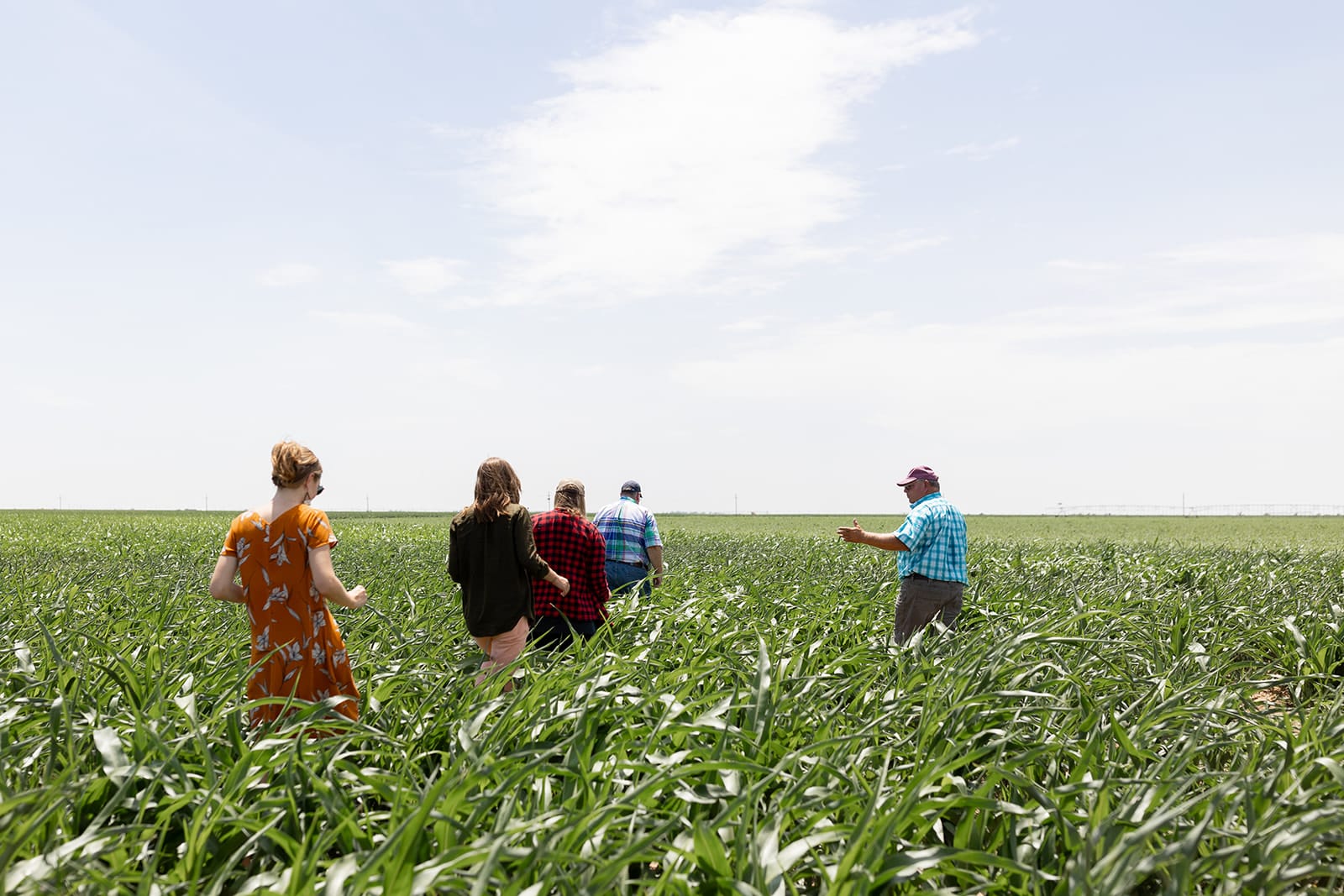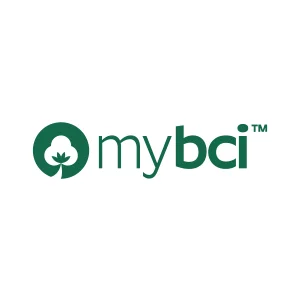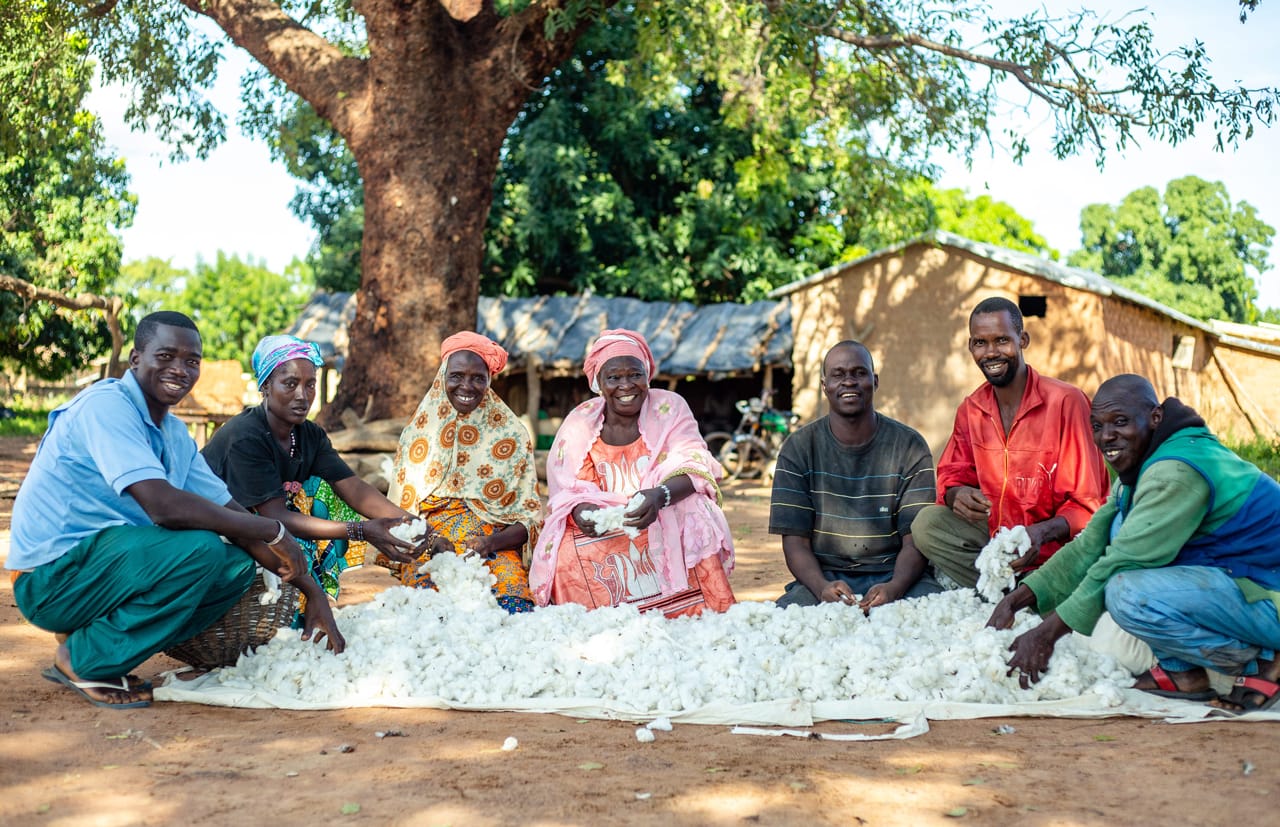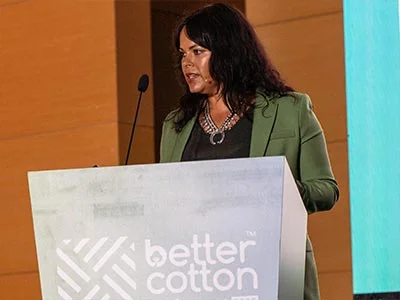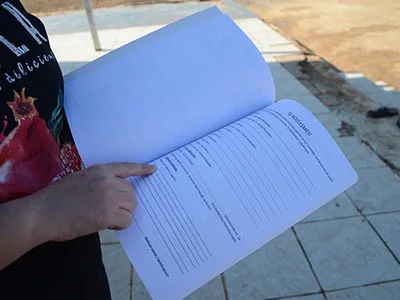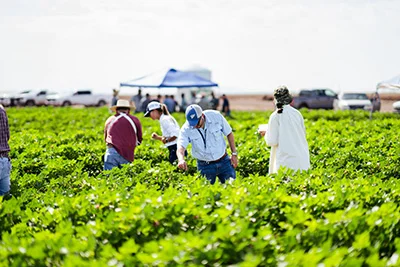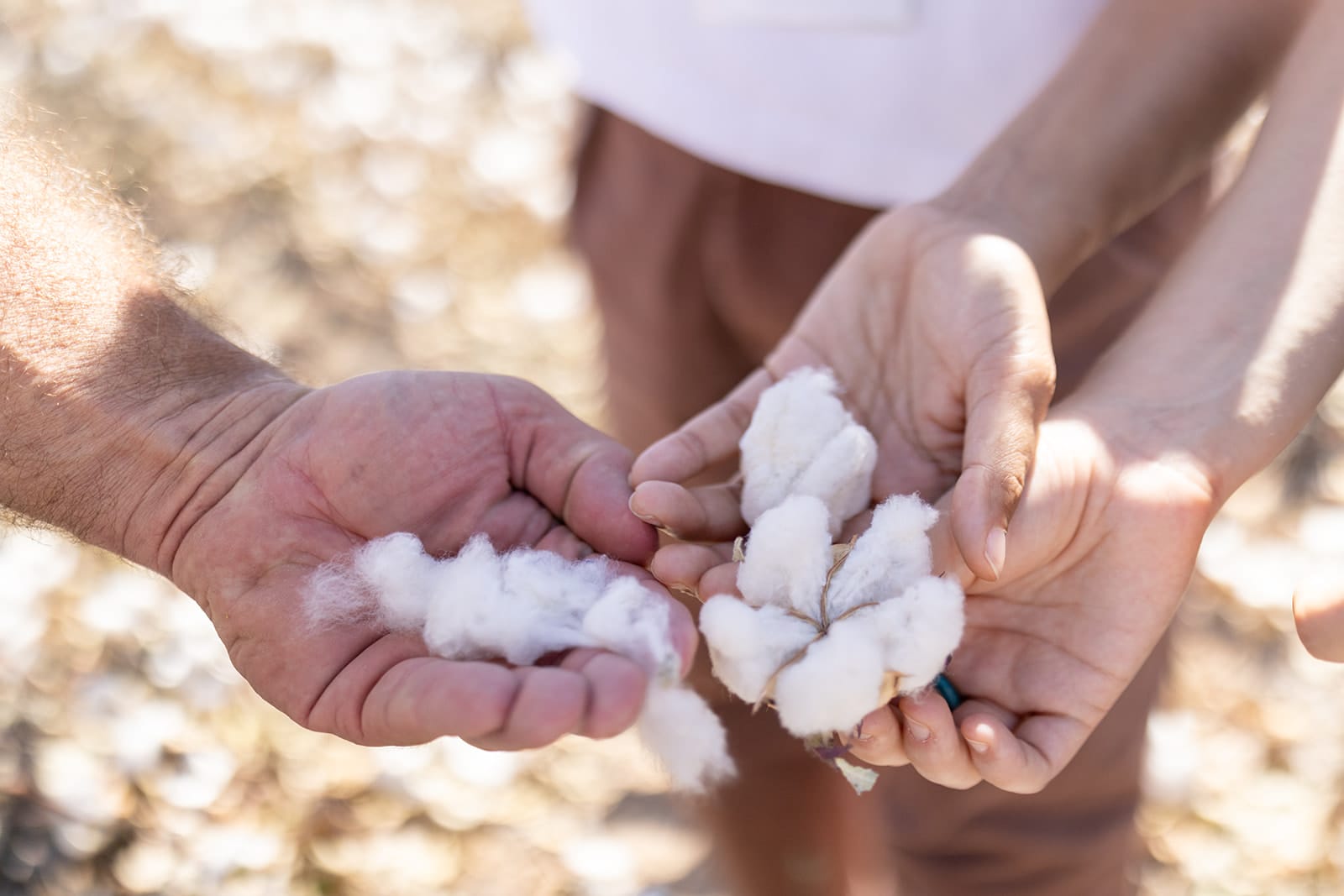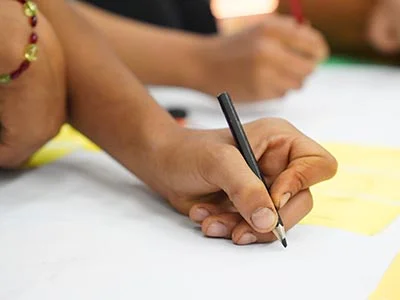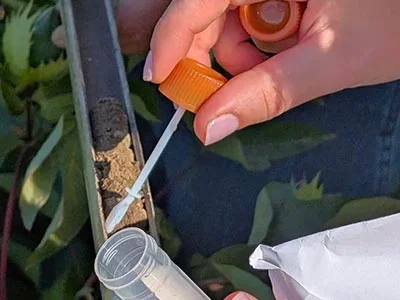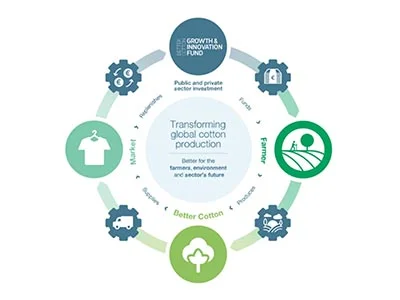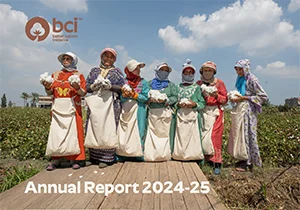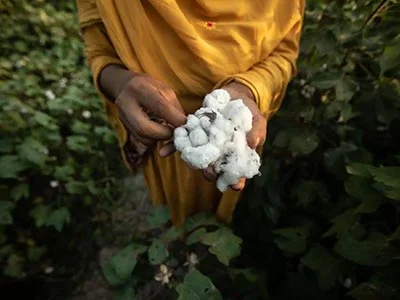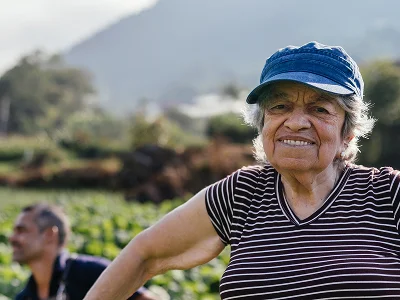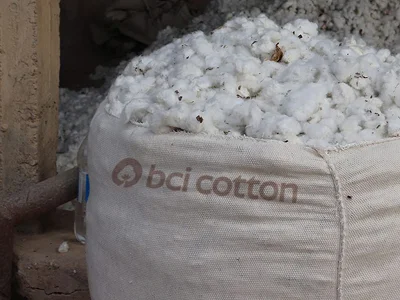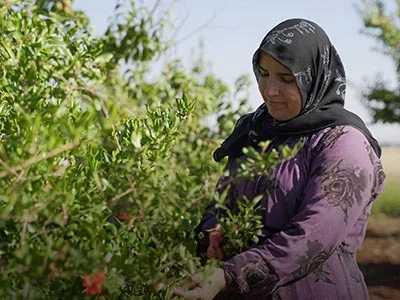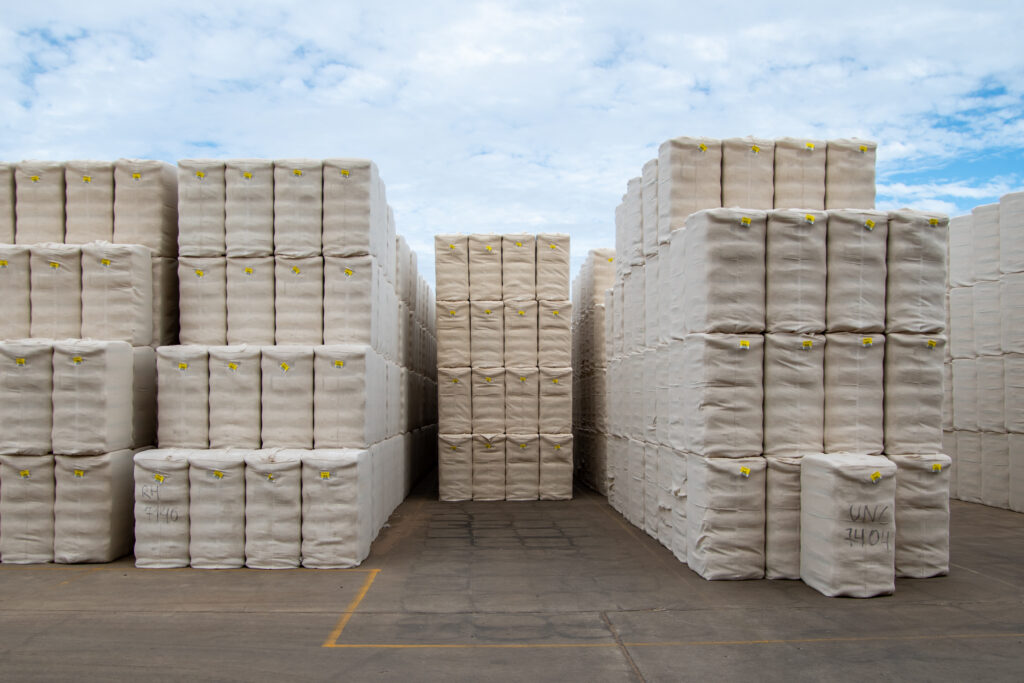

By Raisa Ayres Moesch, Benchmarking Programme Coordinator at Better Cotton
Traceability is a strategic priority for Better Cotton. It reached this status shortly after our 2030 Strategy was signed off, back in late 2021, prompted by heightened global scrutiny towards sustainable and ethical cotton sourcing and the introduction of new legislation mandating greater supply chain transparency.
In response to this new and exciting reality, in which new challenges help us accomplish even more, we began to develop a traceability solution that would meet the evolving expectations of our retail members and regulatory requirements, while satisfying the interests and supporting the needs of cotton farming communities.
In close collaboration with our membership – a process that involved consulting over 1,500 companies across the entire cotton supply chain – we worked to design a system that was both scalable and practical. Supported by more than €4 million in retail member funding over four years, our traceability solution was built to integrate seamlessly into supply chains, while also keeping farmer needs front of mind as we prepare to extend traceability to the farm level. We then proudly launched the Better Cotton Traceability solution at the end of 2023, after years of thoughts, discussions, and a lot of hard work, supplemented by a new Claims Framework and Chain of Custody (CoC) Standard.
The solution was gradually implemented in several countries, such as India, Mali, Pakistan, Spain, and Türkiye where sourcing Physical Better Cotton became possible. This journey continues, now in Australia. On 29 May 2025, Physical Better Cotton from Australia launched – and it is now available to source via the Better Cotton Platform. For the 2024/25 season, 156 Australian myBMP (Best Management Practices)/Better Cotton farm businesses have opted to participate in traceability. Over 2 million bales are expected to be available, approximately 481,000 metric tonnes, with ginning having started back in April.
A key cotton-producing country with a strong track record of innovation and sustainability in agriculture, Australia was a natural next step to bring our traceability programme. With its well-established supply chain infrastructure and industry-wide commitment to continuous improvement, it presents a unique opportunity to further strengthen our traceability offering and deliver on our 2030 commitments.
Country of origin, now verified
Traceability gives retailers access to traceable Better Cotton verified to the country of origin. Suppliers also benefit, having a fit for purpose, scaled platform to trade both mass balance and physical Better Cotton, making it easy for them to meet customer needs.
Our current model of traceability allows for three Physical CoC cotton sourcing models to be integrated into the system. These are: Segregation (single country), Segregation (multi-country) and Controlled Blending. By allowing a variety of sourcing models, we aim to maximise the amount of Physical Better Cotton which can be traced back to the country level and ensure that our CoC Standard is complied with at all levels of the supply chain.
By engaging with both Retailers and Brands as well as Suppliers and Manufacturers, traceability has been a key part of bringing forward transparency and advancing our mission of making cotton production more sustainable around the world.
To find out which growers or Australian merchants you can source from, please contact the Cotton to Market team at Cotton Australia via: [email protected]. The Cotton to Market team can also provide information on the myBMP program, its impact, the farmers involved, and opportunities for marketing and storytelling.
You can also reach out to your Better Cotton account manager or visit the Better Cotton website to view suppliers authorised to trade Physical Better Cotton: Better Cotton Suppliers – Better Cotton.



